Discover the stunning beauty of Celosia’s distinctive flowers that will leave a lasting impression. Expand your knowledge of the three types of Celosia flowers and their uses in enhancing the style of your garden. Please note that we may earn from qualifying purchases made through affiliate links. Celosia flowers come in three varieties: Plume (on the left), Cockscomb (in the middle), and Wheat (on the right).
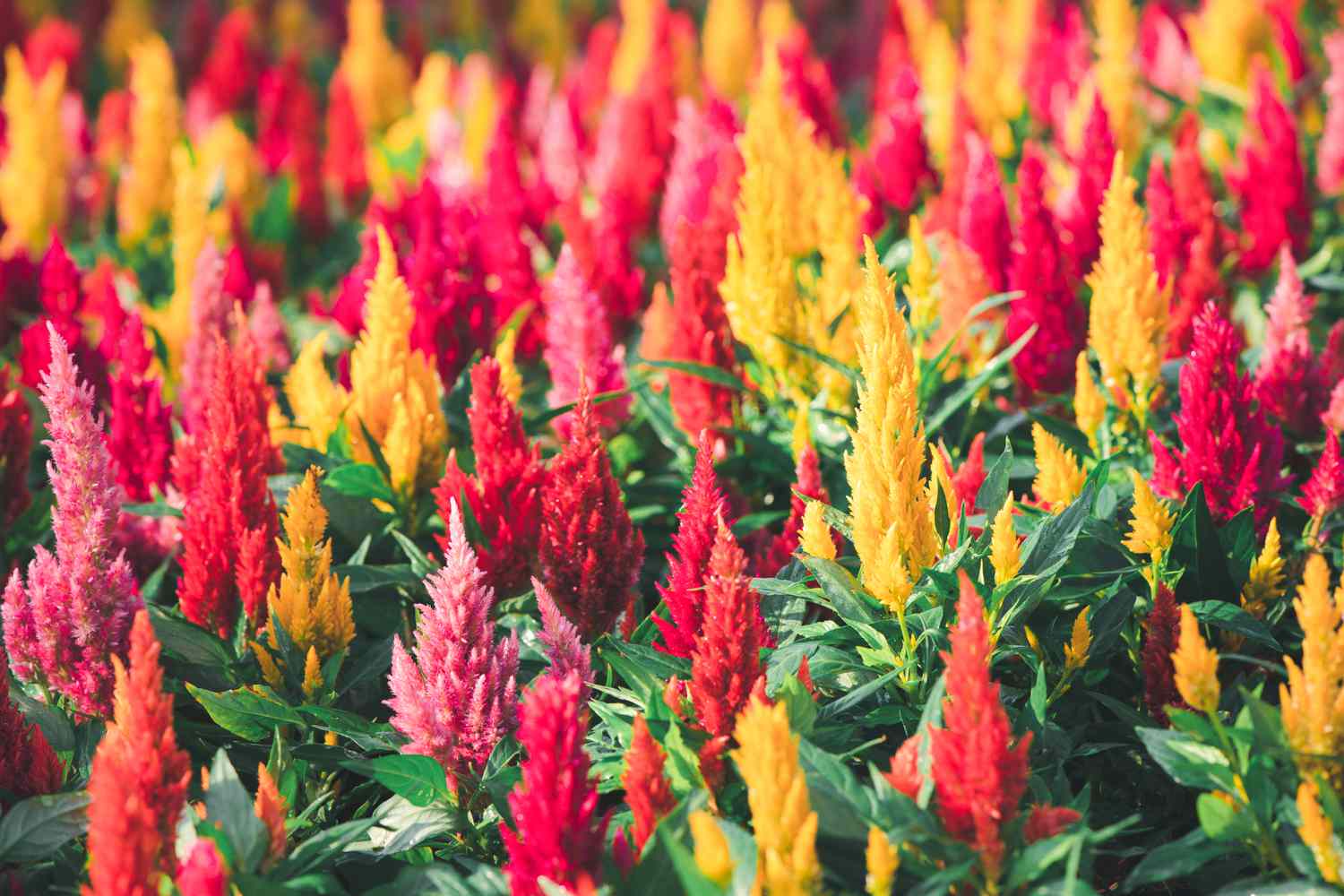
Discover Celosia: Are you looking for beautiful and long-lasting flowers in vibrant colors and unique shapes? Look no further than the Celosia plant, specifically the Celosia argentea cristata variety. This delicate perennial is resilient in the summer heat and blooms abundantly for your enjoyment in the garden or as a stunning centerpiece. Plus, you can even preserve some of the flowers by drying them as a reminder of summer all throughout the winter season.
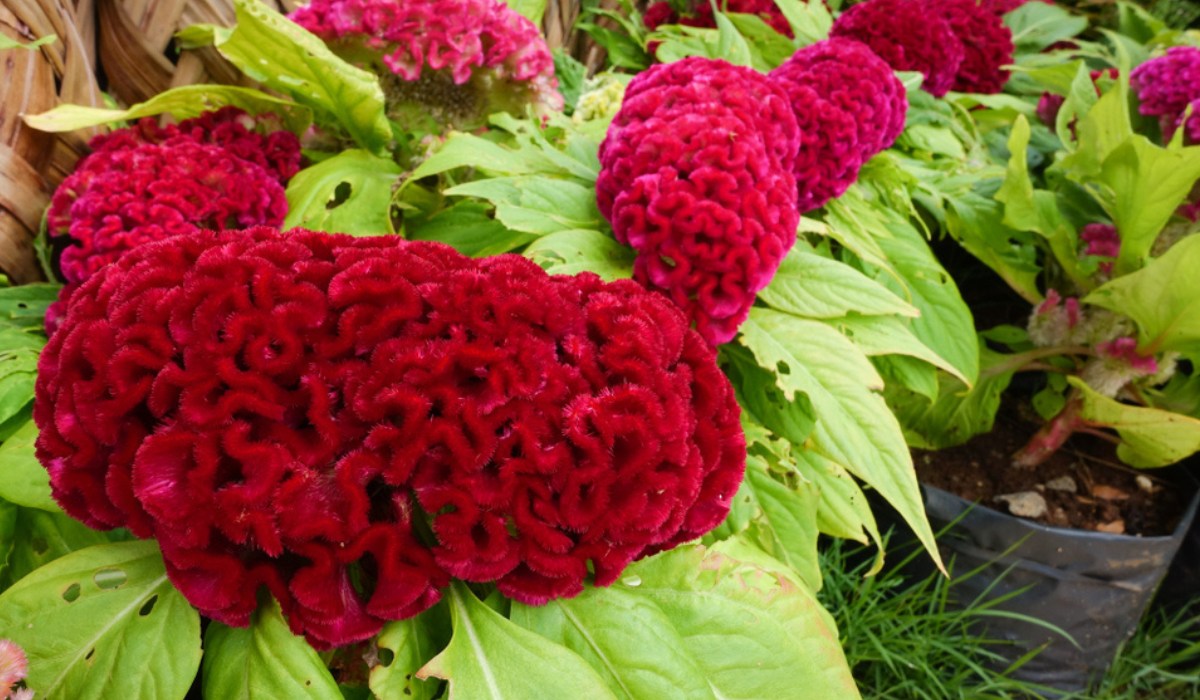
Celosia has several flower types that are commonly known by different names. One of them is the Plume Celosia, which features soft and feather-like flowers in various colors such as red, orange, yellow, pink, and magenta.
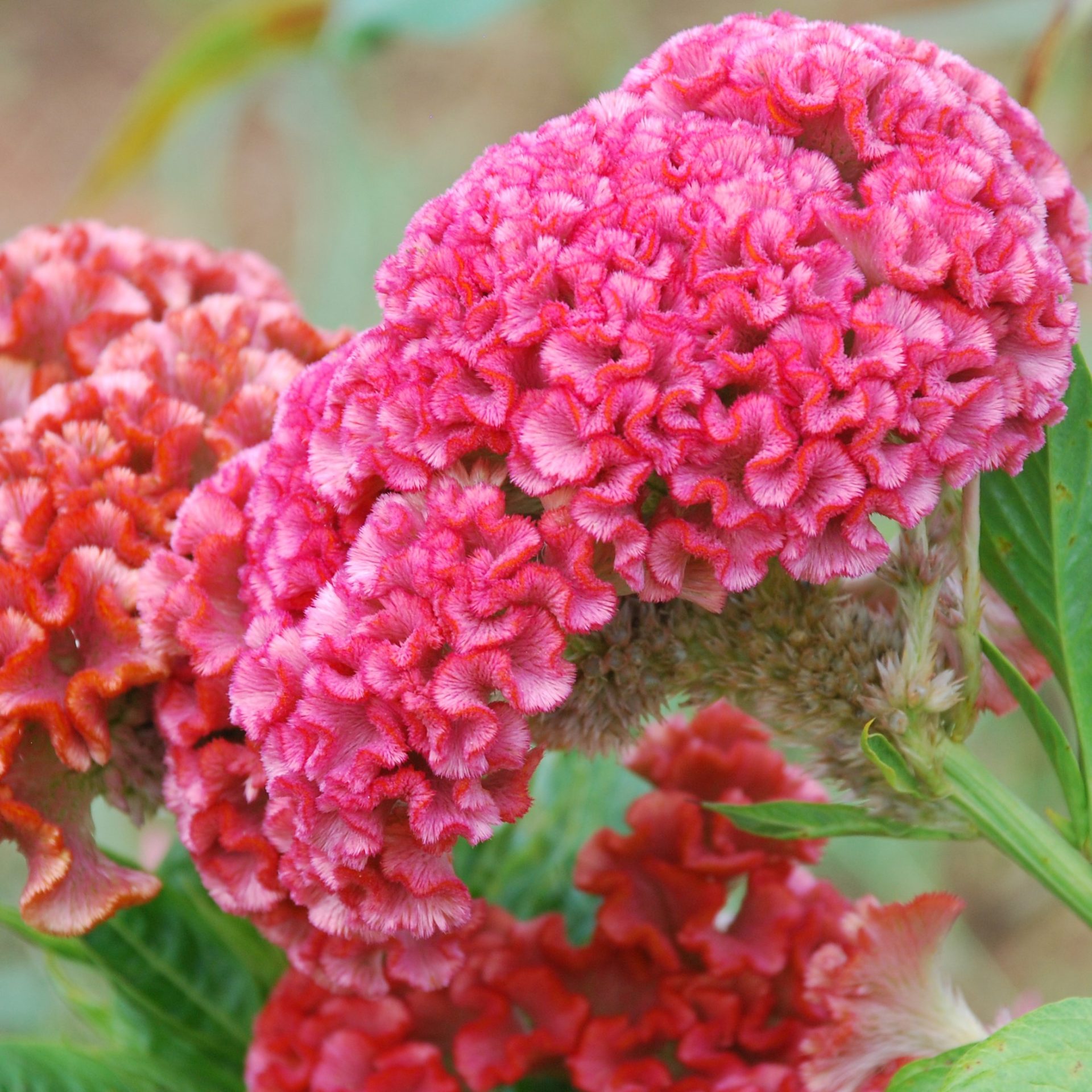
The cockscomb celosia plant boasts spikes of frilly flowers available in a range of colors such as red, orange, yellow, pink, magenta, and bicolored varieties. Meanwhile, the wheat celosia plant closely resembles wheat and produces blooms in shades of pink or reddish-purple. Under the right growing conditions, this plant can self-sow frequently. Several celosia plants belong to a series that is conveniently available at garden centers, while mail-order sources offer heirloom and taller varieties that are often cultivated for cut flower purposes.
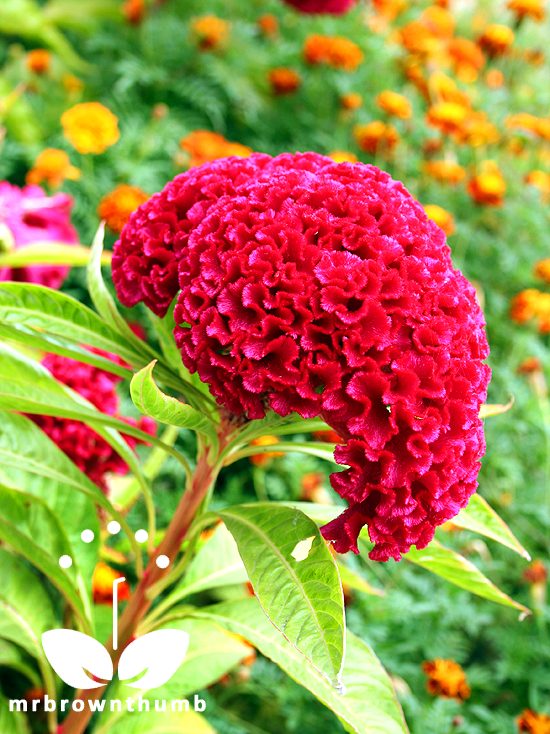
Tips for Cultivating Stunning Celosia Plants
The garden center offers a plethora of celosia varieties, primarily as bedding plants. However, growing them from seeds opens up a broad spectrum of colors, shapes, and sizes. Once you’ve planted the seeds, these plants are low-maintenance. By following some straightforward instructions, you can enjoy beautiful flowers from early summer until the first frost kills them.
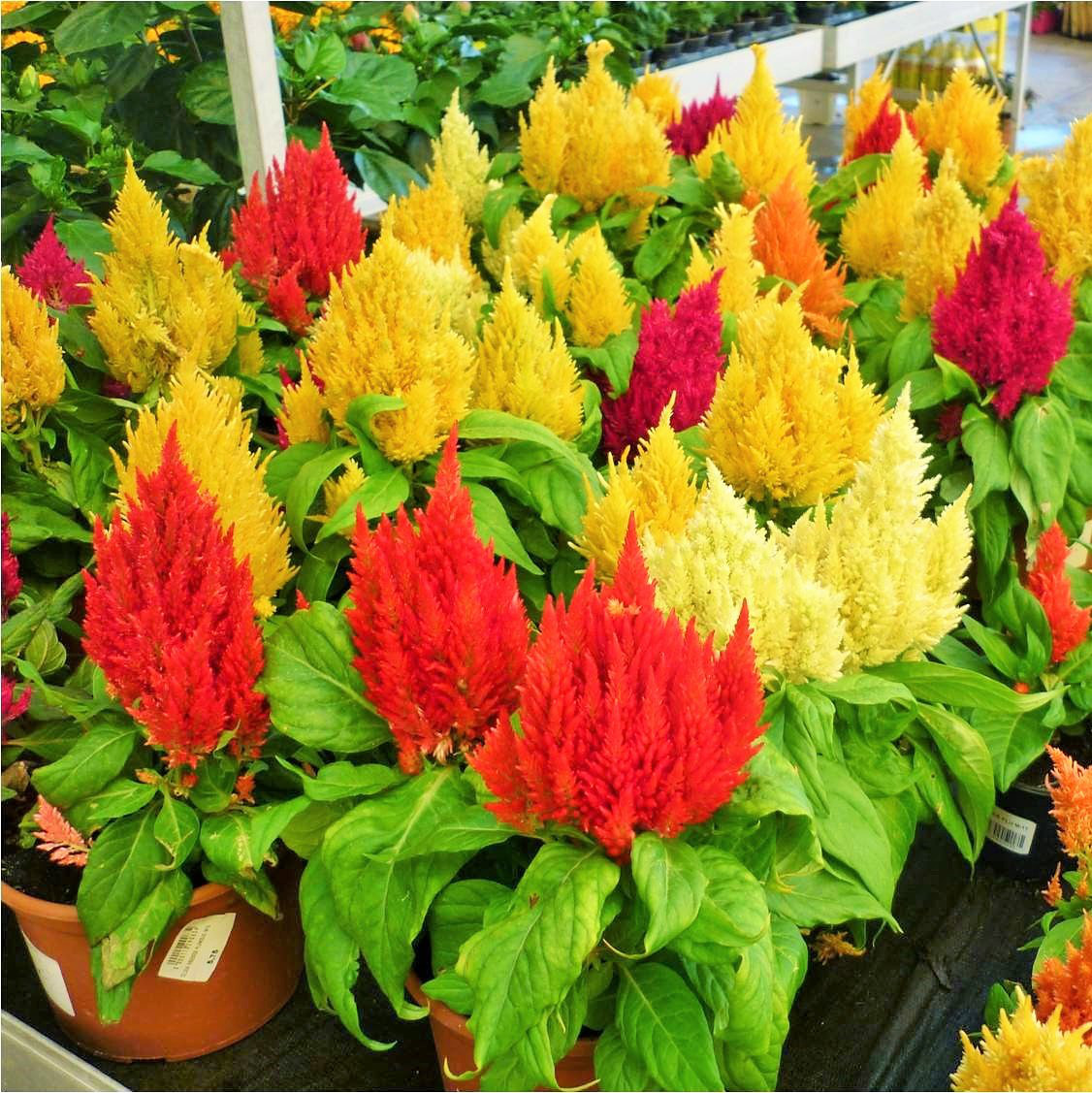
Here are some tips for growing celosia plants successfully. First, make sure to plant them in an area with full sun exposure for at least six to eight hours each day. Additionally, it’s important to use well-draining soil that is rich in nutrients to promote strong growth. To keep your plants healthy, use liquid plant food every two weeks, especially during rainy or hot weather. Heavy rainfall can wash away important nutrients, and temperatures above 95 degrees Fahrenheit can slow down growth. Finally, if you want taller plants with heavy blooms, consider investing in taller varieties, such as the rooster’s comb types. By following these tips, you can cultivate beautiful celosia plants in your garden.

When planting your celosia, it’s recommended to insert a bamboo stake a few inches away from the stem and secure it with twine in a figure-eight pattern as it grows. While these flowers can last up to a month, it’s important to deadhead them to promote new growth. You can do this by removing fading flowers from the bottom up and cutting them at the leaf joint. By doing this, you’ll encourage side stems to grow faster and prevent the plant from wasting energy producing seeds.
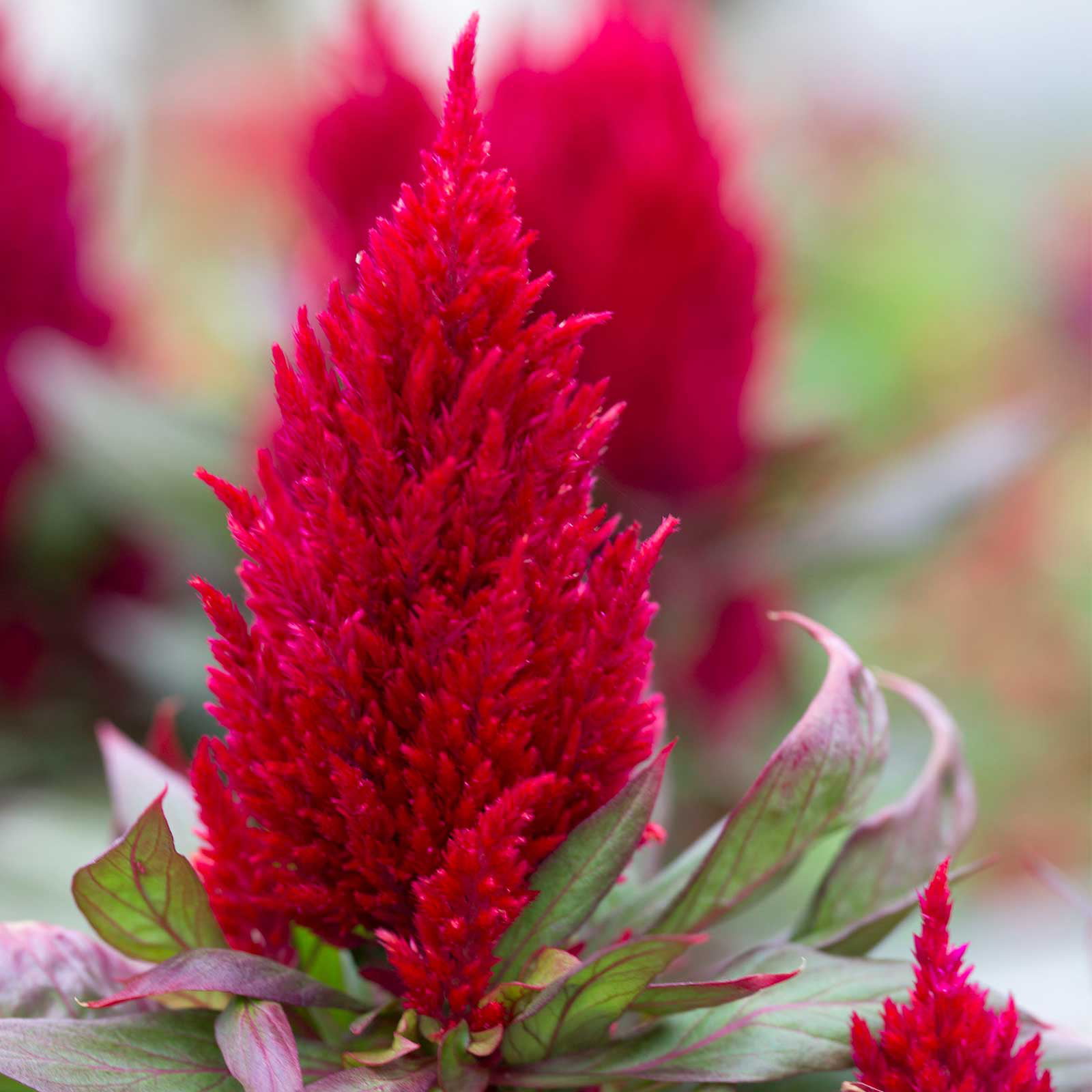
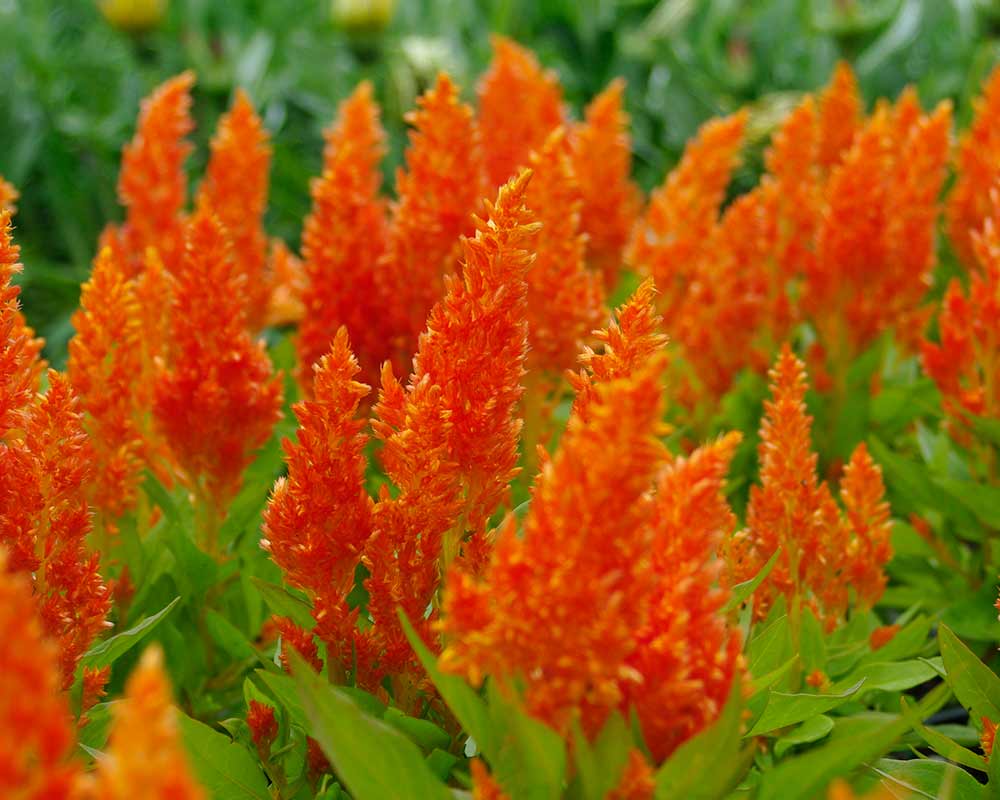


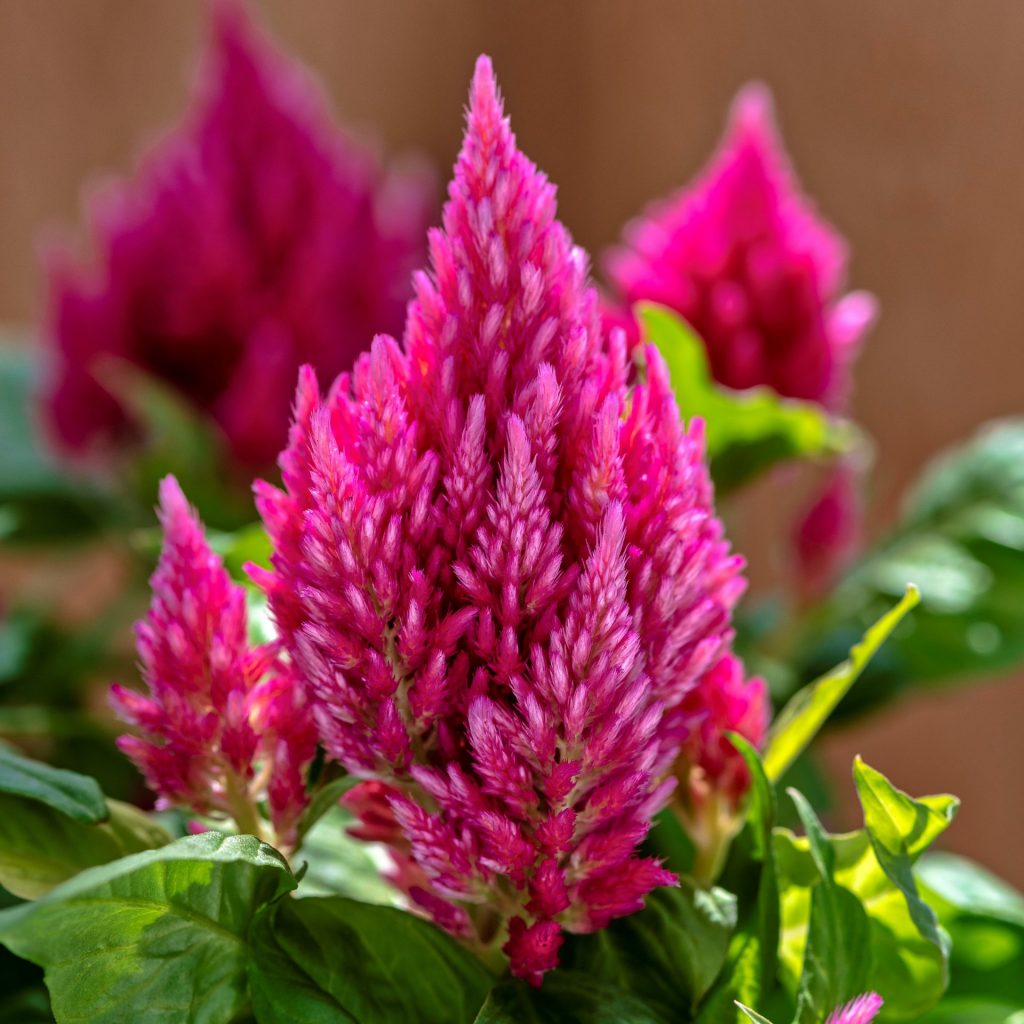

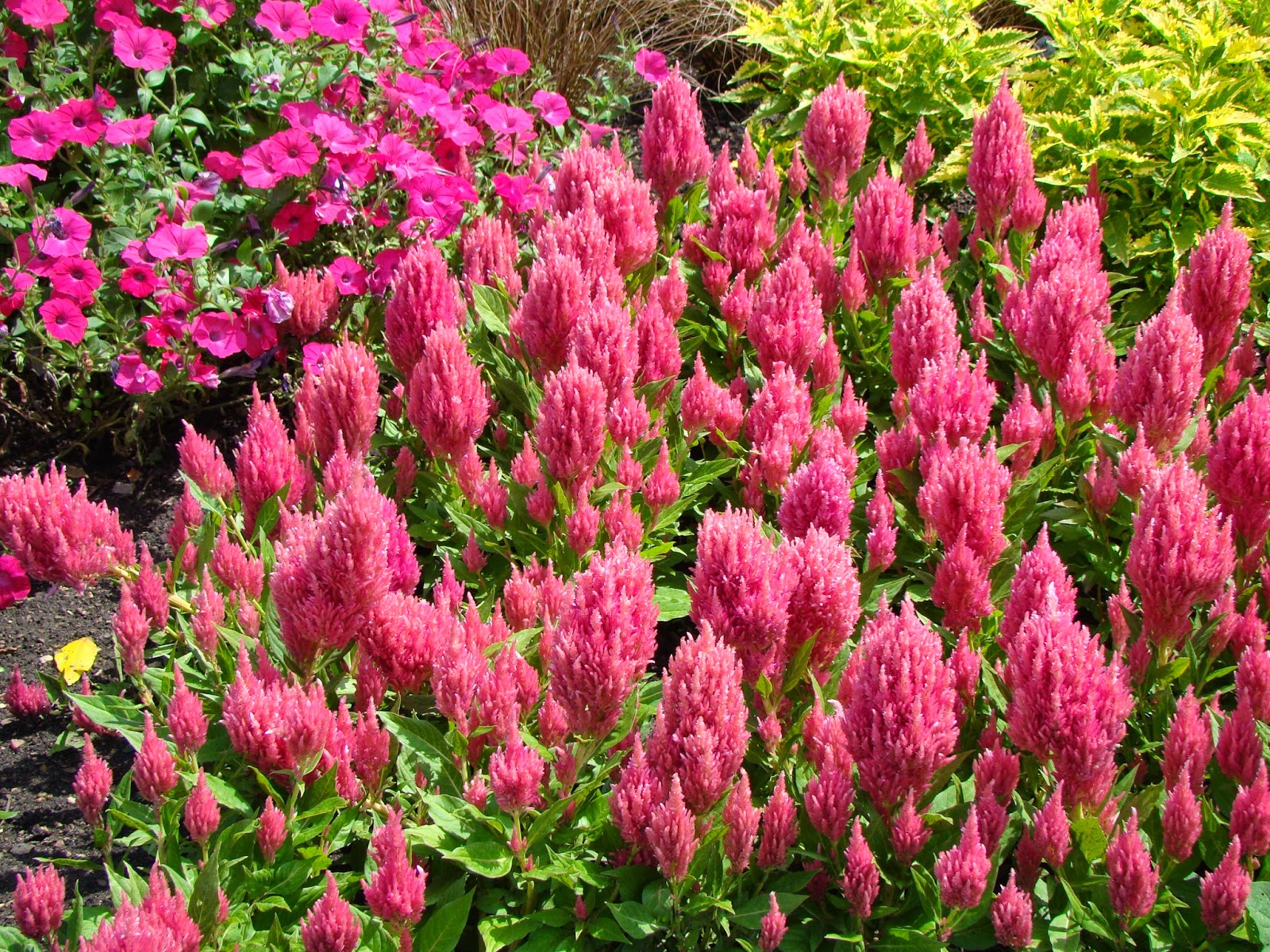
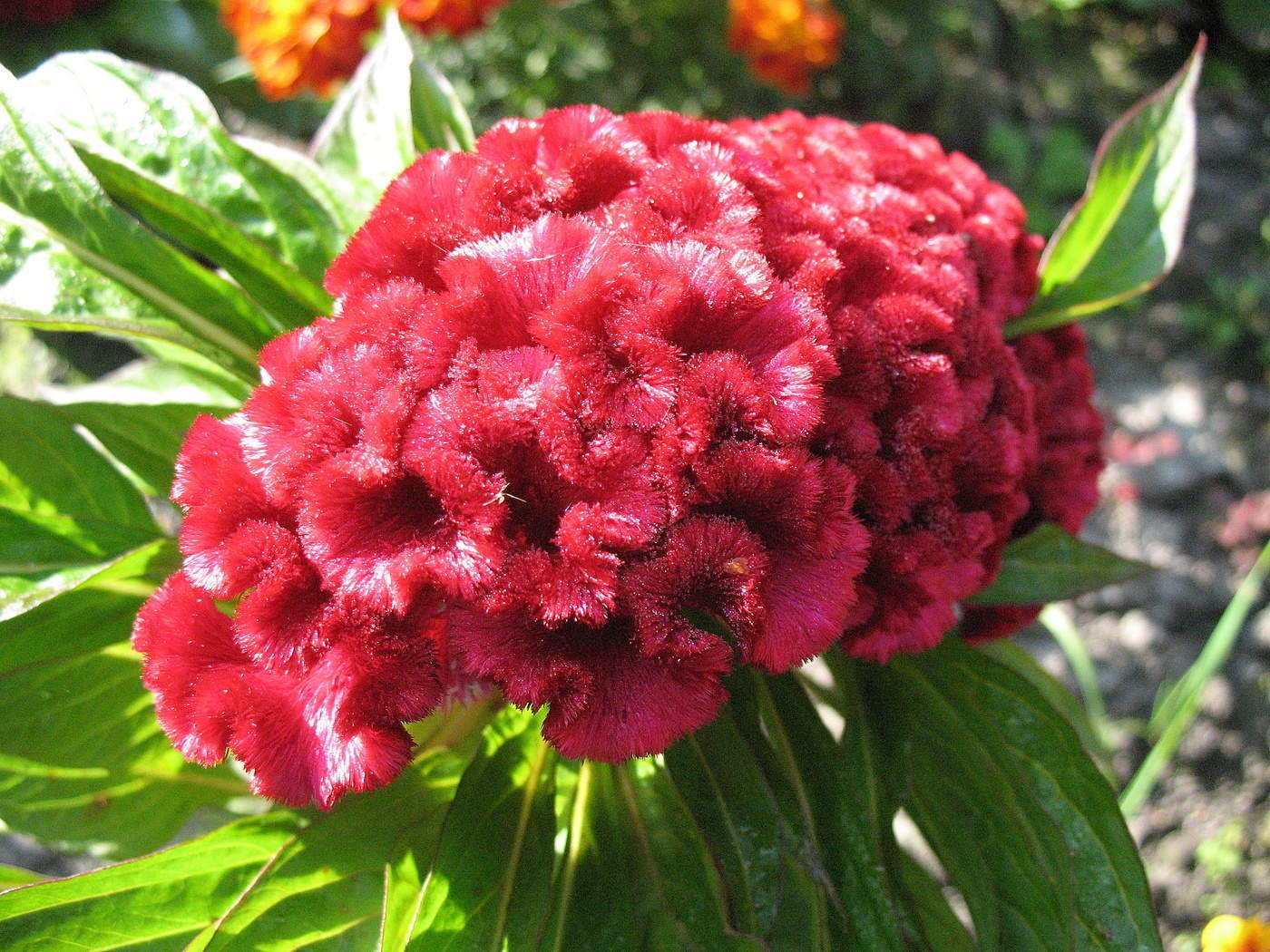
Credit: Pinterest
Source: Garden Enthusiast
